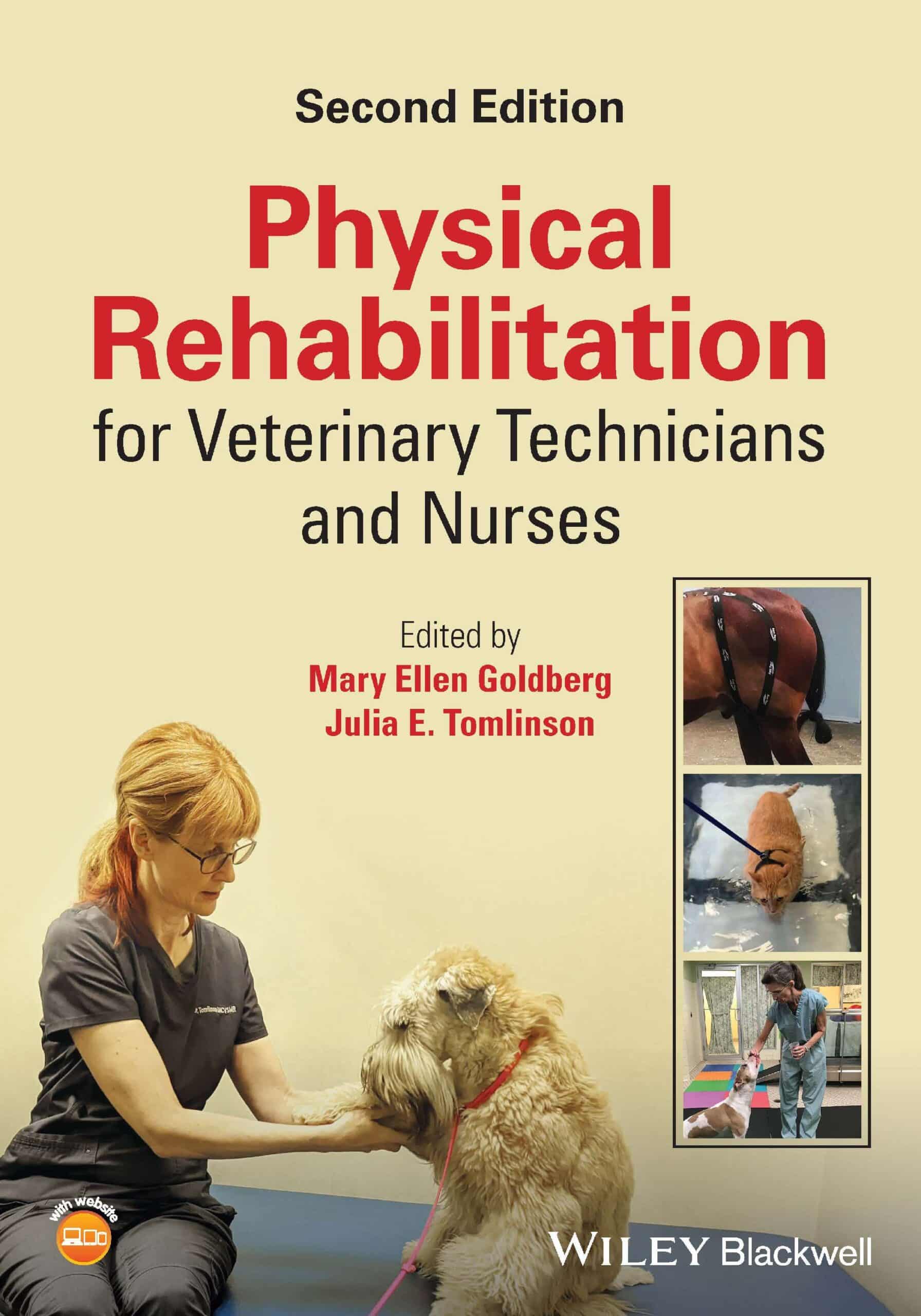
By Mary Ellen Goldberg and Julia E. Tomlinson
Physical rehabilitation is a vital aspect of veterinary medicine. A successful program of rehabilitation is one of the most important determinants of long-term patient outcomes after surgery or serious illness, and veterinary patients are no exception. Veterinary technicians and nurses specializing in physical rehabilitation therefore constitute a potentially critical component of any veterinary practice and/or care team.
Physical Rehabilitation for Veterinary Technicians and Nurses provides a clear, accessible overview of this subject for prospective veterinary rehabilitation professionals. Brimming with insights stemming from both research and practical experience, and now updated to reflect a wave of new research since the first edition, this book promises to equip readers with the knowledge required to make themselves indispensable in veterinary practice.
Physical Rehabilitation for Veterinary Technicians and Nurses is ideal as an introduction for prospective technicians and nurses, as well as a reference handbook for practicing veterinary technicians and nurses.
Features
Features:
- Practical tips and tricks connected to the role of a technician on a rehabilitation team
- New or updated coverage of subjects including canine fitness, shockwave protocols, underwater treadmill exercises, and many more
- Guidance ideal for training programs and certifications from the most important institutes and technician schools
Table of Contents
Table of Contents:
- Introduction to Physical Rehabilitation for Veterinary Technicians/Nurses
- Joining a Rehabilitation Team
- Physical Rehabilitation Pain Management and the Veterinary Technician
- Communicating the Treatment Plan
- Manual Techniques in the Clinic
- Home Exercises: Teaching the Client to be an Extension of You
- Supporting the Client and Patient
- Nutritional Counseling
- Motivating Your Patient
- Fitness Conditioning for the Veterinary Technician and Owner
- The Disabled Patient Part 1: Assistive Devices and Technology
- The Disabled Patient Part 2: The Neurological Patient
- The Disabled Patient Part 3: Special Considerations for the Geriatric Patient
- The Disabled Patient Part 4: Home Nursing Care
- Modalities Part 1: Thermotherapy
- Modalities Part 2: Laser Therapy
- Modalities Part 3: Electrotherapy and Electromagnetic Therapy
- Modalities Part 4: Therapeutic Ultrasound
- Modalities Part 5: Shockwave Therapy
- Therapeutic Exercises Part 1: Land Exercises
- Therapeutic Exercises Part 2: Hydrotherapy (Aquatic Therapy)
- Troubleshooting as a Team
- Equine Rehabilitation
- Adjunctive Therapies: Veterinary Chiropractic
- Acupuncture and Traditional Chinese Veterinary Medicine
- Adjunctive Therapies: Myofascial Trigger Point Therapy

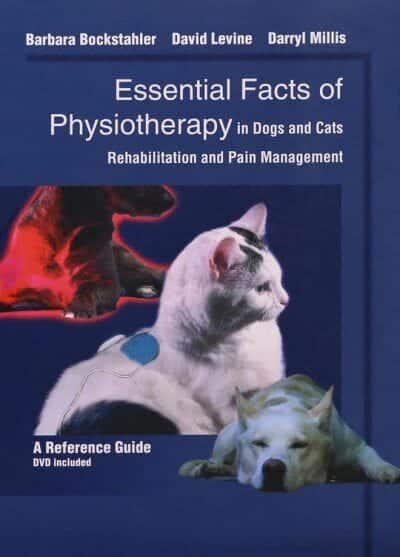

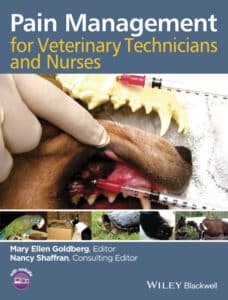



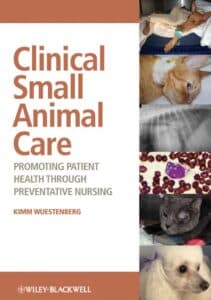

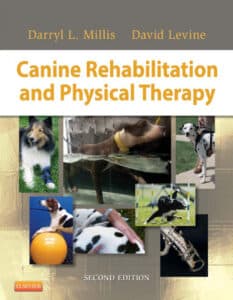
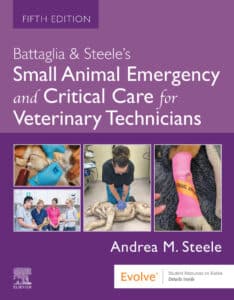








![Ettinger’s Textbook of Veterinary Internal Medicine 9th Edition Ettinger’s Textbook of Veterinary Internal Medicine 9th Edition [True PDF+Videos]](https://www.vet-ebooks.com/wp-content/uploads/2024/10/ettingers-textbook-of-veterinary-internal-medicine-9th-edition-100x70.jpg)





